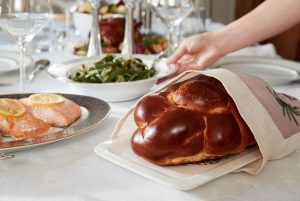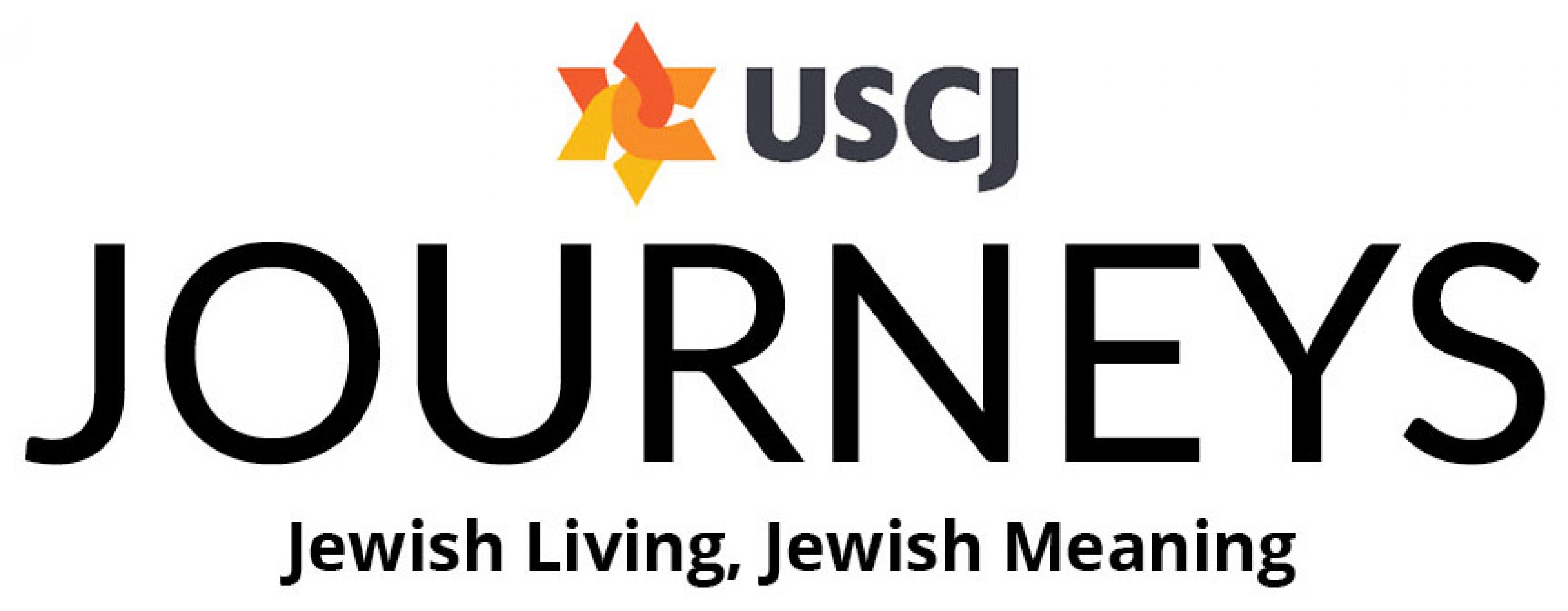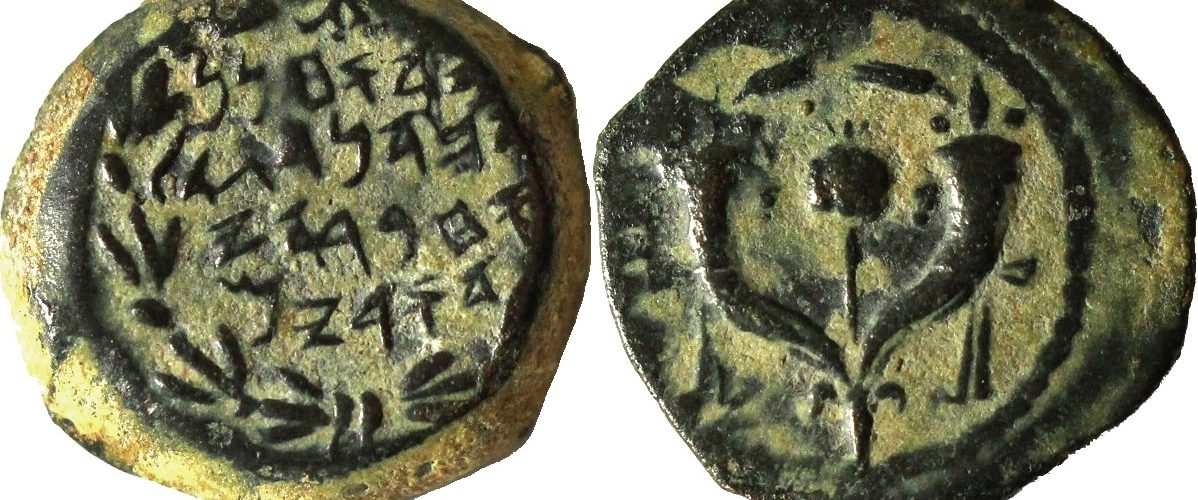 When our ancestors migrated to the United States decades ago, many longed to adopt America’s traditions while still holding onto their strong Jewish roots. For many, the perfect way to assimilate was through the celebration of Thanksgiving, a secular holiday that’s largely centered on the three Fs—family, food and football. Today, Thanksgiving is the most widely celebrated holiday for American Jews. Digging a little deeper, we see clear Jewish values and connection.
When our ancestors migrated to the United States decades ago, many longed to adopt America’s traditions while still holding onto their strong Jewish roots. For many, the perfect way to assimilate was through the celebration of Thanksgiving, a secular holiday that’s largely centered on the three Fs—family, food and football. Today, Thanksgiving is the most widely celebrated holiday for American Jews. Digging a little deeper, we see clear Jewish values and connection.
A time to reinforce Jewish values
Thanksgiving is a perfect time to instill in children one of Judaism’s most important values: thankfulness. Being thankful for all our blessings is an essential part of our day-to-day lives. We are constantly reminded of the opportunities for thankfulness, from the moment we wake up and say, “Modeh Ani,” to the time we go to bed. This time of year gives Jews a chance to put words into action and remind loved ones why they are so valued in our lives.
Ties to Sukkot
Did you know that many historians believe Sukkot, or “the feast of Tabernacles,” is a direct influencer on Thanksgiving? Besides replicating the Jewish custom of celebrating the success of the year’s harvest, the inaugural Thanksgiving was eaten outdoors (just like the Sukkot tradition of eating outside in the sukkah) and was a multi-day celebration (just like Sukkot’s seven-day festival). In fact, both holidays have a strong focus on gratefulness and family.
Popular centerpiece with Jewish history
Almost as iconic as turkeys and pumpkin pie on Thanksgiving is the cornucopia, a Thanksgiving hallmark found in homes across the country. But long before the American holiday, cornucopias were used on ancient Jewish coins and small objects such as amulets, rings and seals. The coins of the Hasmonean kings depicted a double cornucopia with a poppy flower or pomegranate in the middle.
A Thanksgiving Seder
Here’s an idea: Add some Jewish flair to your celebration by creating a Thanksgiving Seder. Recite Kiddush over wine and bread and offer a special prayer of thanks before the meal, such as the Shehecheyanu blessing: “Blessed are You, Lord our G-d, master of the universe, who has kept us alive, sustained us and brought us to this season.” During the dinner, people can also feel free to share stories and discuss what they are thankful for.
Hardship for pilgrims and ancestors
Both the Pilgrims and Jews were victims of religious persecution. While Sephardic Jews were expelled from Spain in 1492 before eventually settling in different parts of Europe and the Middle East, the Pilgrims escaped England in 1608 to avoid the increasing intolerance of their Separatist views by the Bishop of Lincoln and Archbishop of York. Both the Jews and Pilgrims ended up living amongst each other for a period of time in Holland because of the country’s religious tolerance.
Tips for a Kosher Thanksgiving
- In place of butter, especially when it comes time to baste the turkey and prepare the mashed potatoes, use chicken fat. For dessert, consider using oil to bake your apple crumble instead of butter.
- Turkeys are packed inside and out with salt in order to remove traces of residual blood, making a kosher bird much saltier than a non-kosher one. Be sure to soak your turkey in water for one hour (changing out the water after 30 minutes) to dilute some of the saltiness.
- For vegetables, a casserole of root vegetables rubbed with olive oil, salt and pepper and then roasted for 30 minutes makes for a nice side dish. Sprinkle fresh thyme and parsley on it before serving.
Looking for Thanksgiving food ideas with a Jewish twist? Visit jewishfoodexperience.com.







